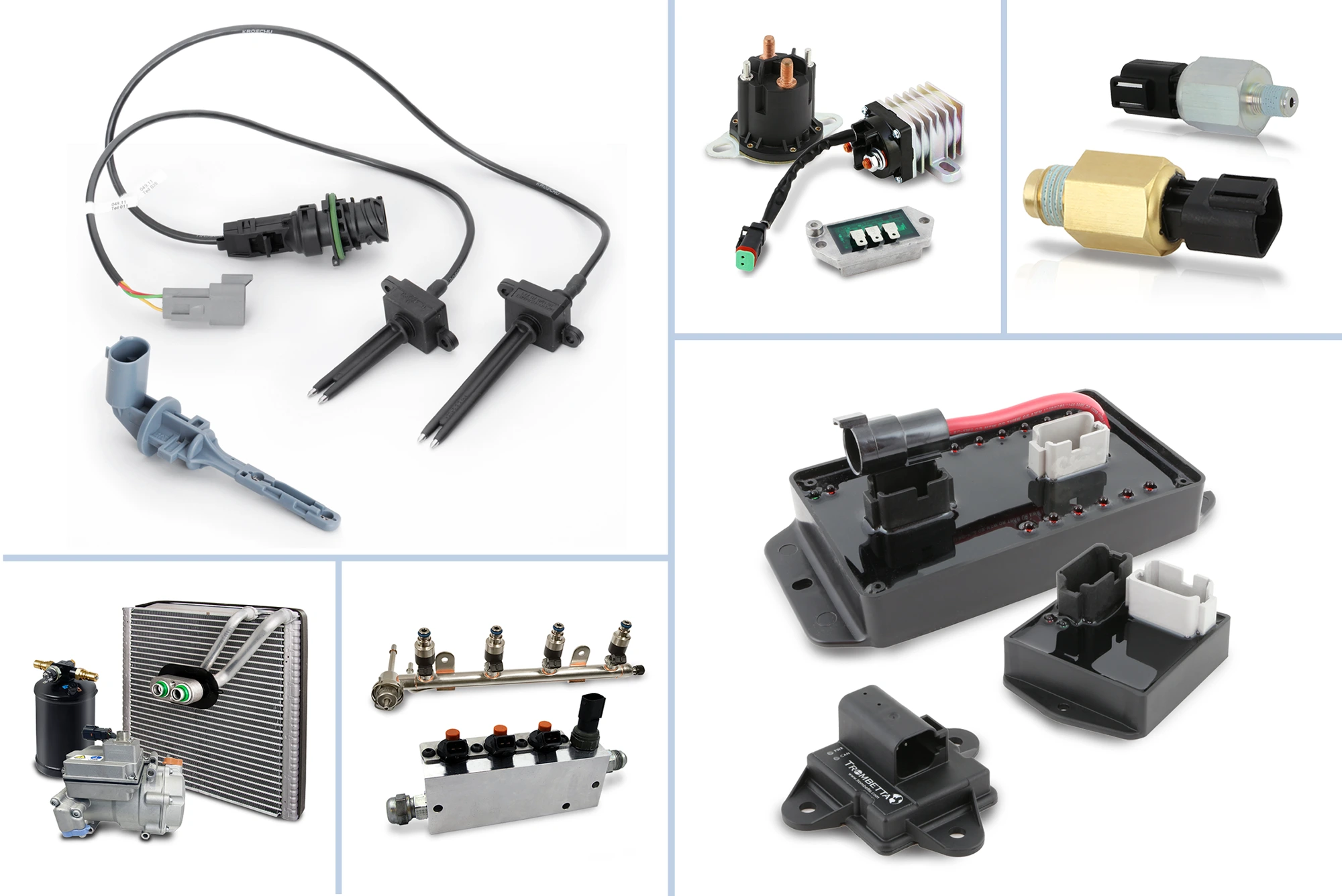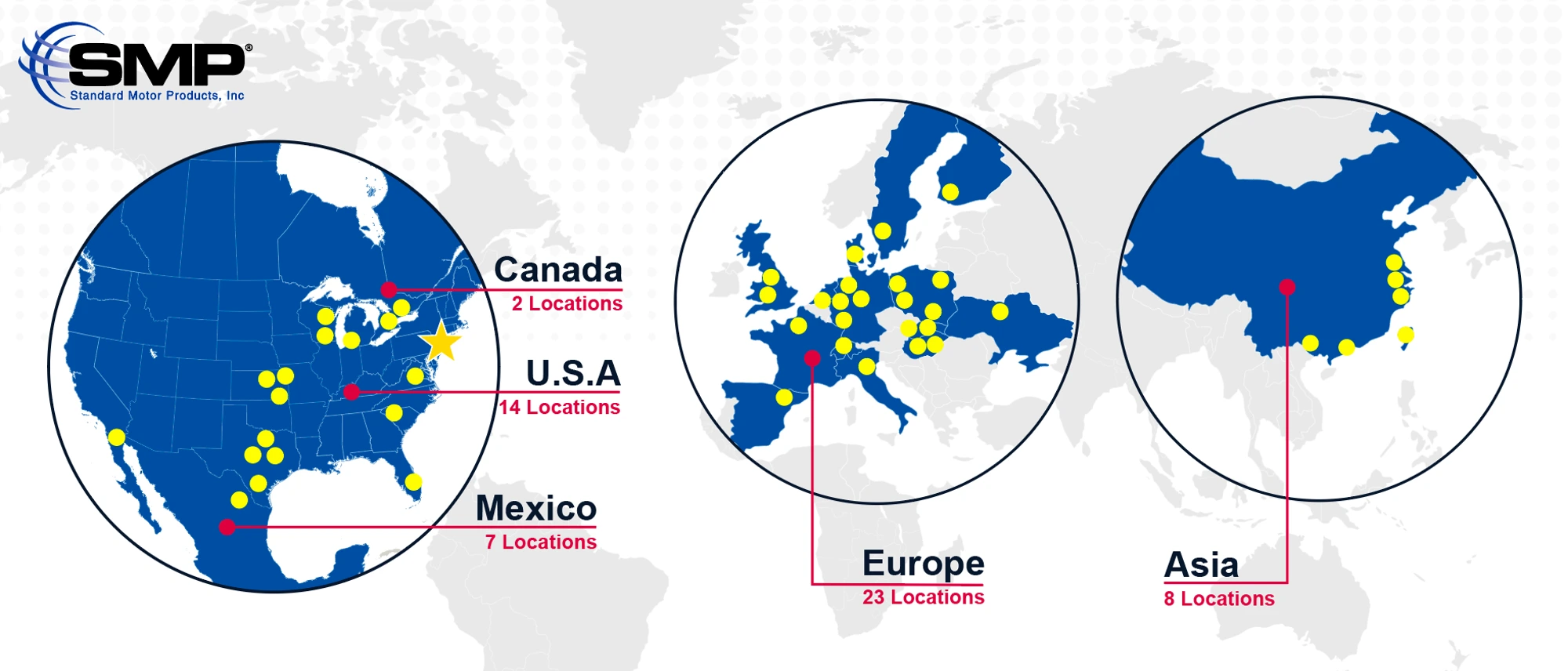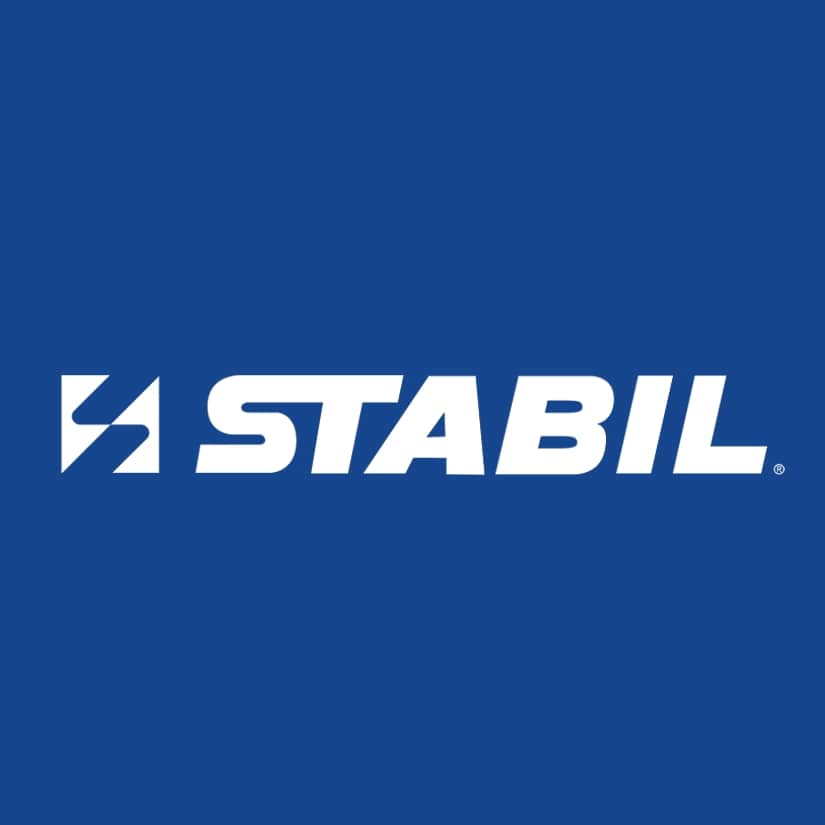August 01, 2022 / Training
Diesel Engine Repair Tips
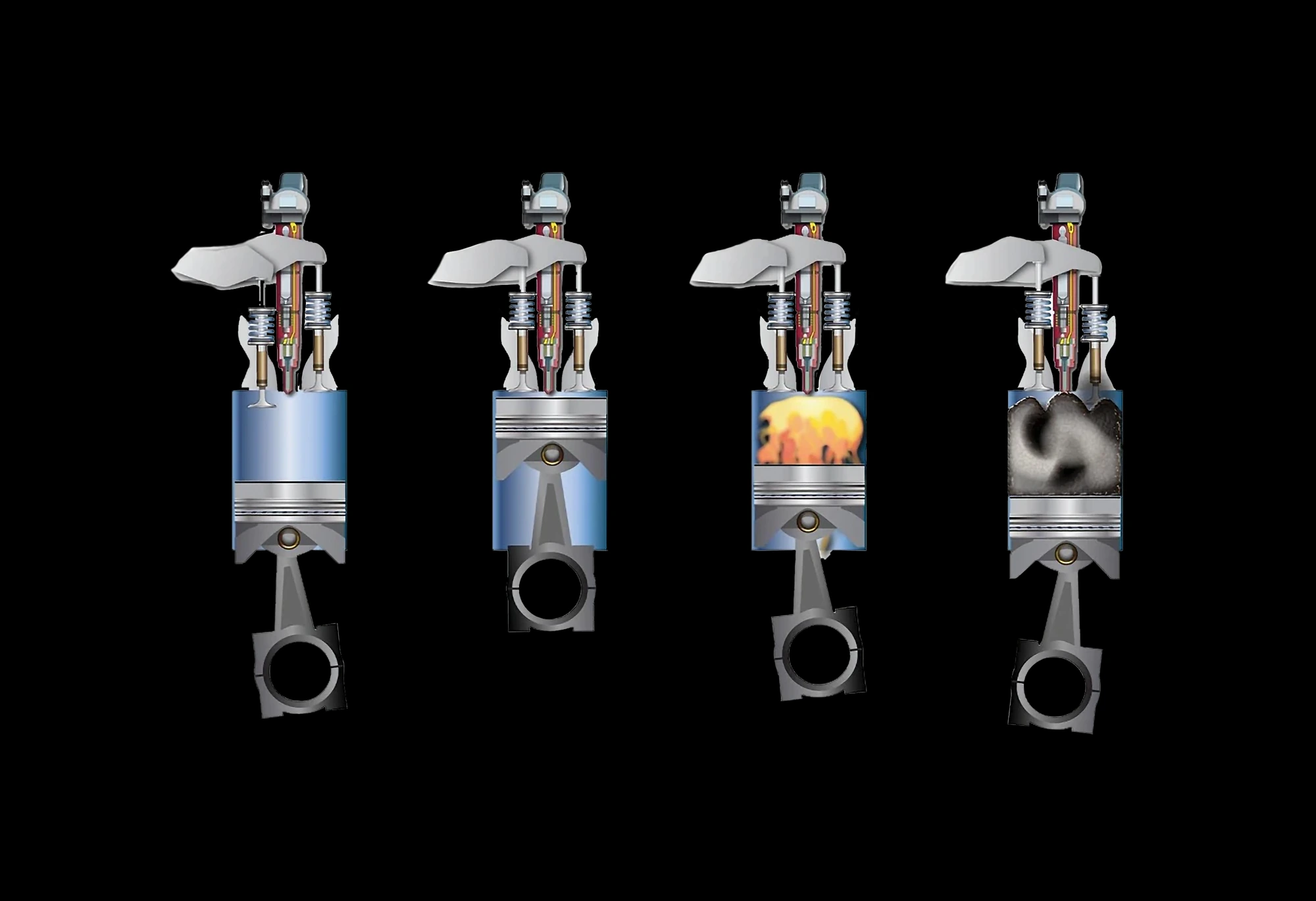
Learn more about today's diesel engines with these repair tips from our team of ASE-certified master technicians.
The Comeback Kid
Compared to the mid-90s, diesel vehicles have made a serious comeback. The increase in popularity is largely the result of a steady string of advancements and improvements to the diesel engine. New engine designs, noise- and vibration-damping technologies, and improvements like electronic engine control have spawned a new generation of engines that are more powerful and 30-35% more fuel efficient than similar-size gasoline engines, all while running more quietly and smoothly than diesel engines of the past. Cold-weather starting has been improved. Noise levels are down. Reliability has been improved. Tail pipe emissions are down. Most importantly, horsepower and torque are up significantly! Many of today’s diesel engines that come as an option in the medium-duty trucks are now advertising over 800ft-lbs of torque. Those numbers were unheard of 20 years ago.
The Power of Compression
To help understand today’s advanced diesel engines, it may help to understand the diesel engine in general. The main difference between a diesel and gasoline engine is the absence of an ignition system to ignite the fuel mixture. Diesel engines are compression-ignition engines as opposed to spark-ignition, so there are no spark plugs, wires or ignition coil. Instead, heat generated from compression ignites the air/fuel mixture in the cylinders. They also have a much higher compression ratio than gasoline engines, which allows them to compress air into a tighter space in the cylinder to create the high temperatures needed to ignite the air/fuel mixture. Let’s not forget the fuel, either. The type of fuel used in gasoline and diesel engines contributes to the power produced by the engine. Compression-ignition engines burn fuel evenly, which allows diesel engines to have very good fuel mileage while producing more power than gasoline engines for the amount of fuel used.
Heavy-Duty, Not Invincible
Due to the combustion and high compression ratio inherent in diesel engines, diesel fuel system components must withstand high internal pressure. That’s why diesel components are made of high-grade metals. But the strongest, heaviest metal can’t do much for a diesel component that has clearances down to six-millionths of an inch. These tight tolerances are the reason why heavy-duty engines are still vulnerable to issues. For example, the smallest amount of dirt can wreak havoc on the engine’s internal components and fuel injection system, while water (which has poor lubrication properties) can cause corrosive damage and accelerate wear.
First Steps to Consider in Diesel Diagnosis
Before you start a diesel repair, it's important to remember this crucial first step in diesel diagnosis:
First steps to consider in diesel diagnosis
Installation Spotlight presents:
First steps to consider in diesel diagnosis
Reasons why it's important to check the oil on a diesel engine
Level of difficulty: BEGINNER
Vehicle used: 2004 Ford F250 6.0 Powerstroke and 2006 Dodge Ram 2500 5.9 Cummins
Motorist: If this job is beyond your skill level, visit your automotive service professional.This video is for general information purposes only. The provider makes no representations or warranties as to the information contained in this video or its usage, completeness, quality or accuracy. Any use of such information is at the user's sole risk, and in no event shall the provider be liable for any consequential, incidental, special, punitive or direct or indirect damages arising from such use.
For more diesel repair videos, check out our Diesel Playlist on YouTube.
Premium Diesel Replacement Parts
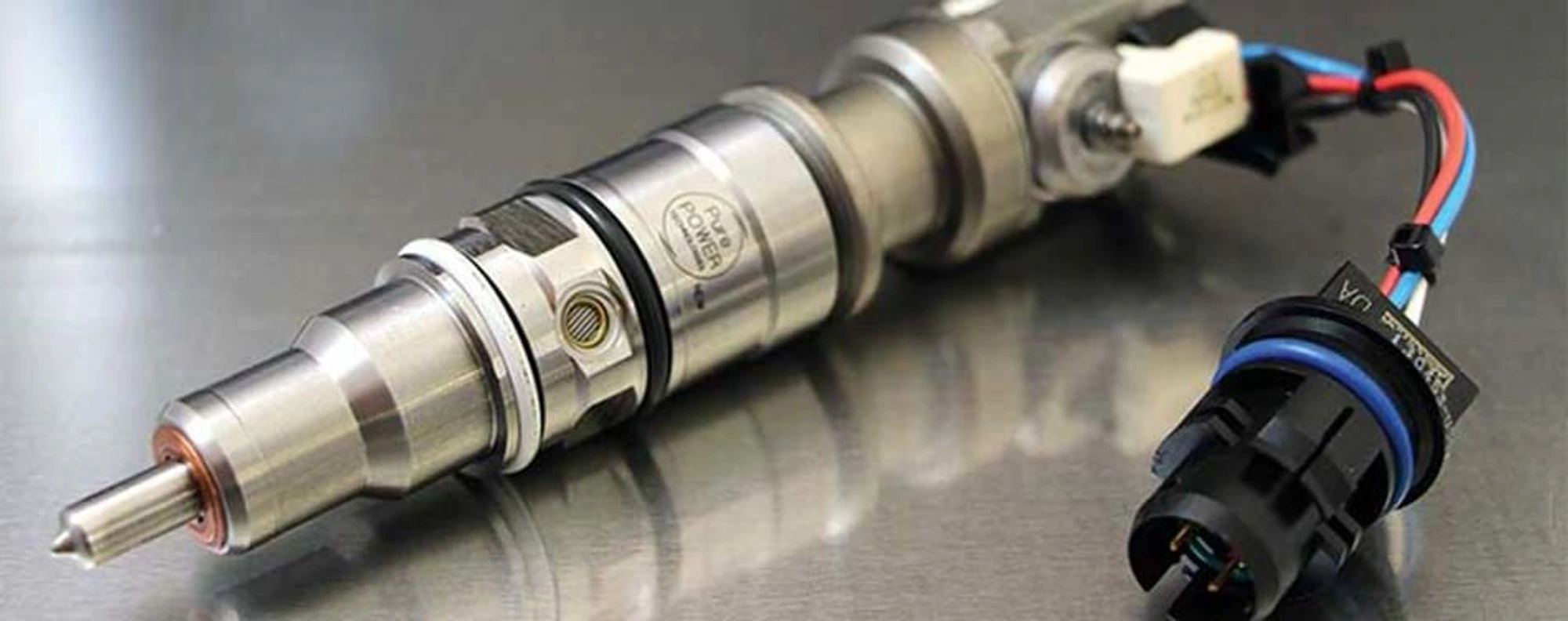
To keep diesel engines running powerfully and smoothly, Standard® Diesel is proud to offer a line of 100% new Diesel Fuel Injectors, which includes new OE-production fuel injectors for 6.0L and 6.4L Ford Power Stroke engines. Standard® Diesel offers full ‘original equipment’ design, engineering and manufacturing, so every Standard® Diesel new fuel injector is equal in quality.
August 15, 2022 / Training
Variable Valve Timing (VVT) Repair Tips
Variable Valve Timing (VVT) or Variable Cam Timing (VCT) is common on most newer engines. These systems are designed to reduce emissions and maximize engine performance and fuel economy. Here's some background on VVT and a few tips for dealing with issues that come up.
August 22, 2022 / Training
Variable Valve Timing (VVT) Operation
Variable Valve Timing (VVT) systems help reduce emissions and maximize engine performance and fuel economy. The VVT Solenoid (Oil Control Valve) meters the oil flow to control the actuation of the VVT Sprocket (Actuator or Phaser). The VVT Sprocket mechanically shifts the position of the camshaft. Here are a few tips for testing.
August 08, 2022 / Training
Turbocharger Diagnosis Tips
Turbocharged engines are becoming more popular, as vehicle manufacturers look to increase fuel efficiency, maintain performance and reduce emissions. Symptoms of a malfunctioning turbocharger include loss of power, excess smoke, high fuel consumption, overheating, high exhaust temperature and oil leaks from the turbo. Here are a few important diagnostic and repair tips to keep in mind.
August 12, 2022 / Training
Tire Pressure Monitoring System (TPMS) Repair Tips
The Tire Pressure Monitoring System (TPMS) is a safety device that measures, identifies and warns you when one or more of your tires is significantly under-inflated. Standard® and Intermotor® are committed to helping technicians with TPMS repairs, whether it’s offering OE-Match TPMS sensors or providing repair tips from our team of ASE-certified master technicians. Here are a few TPMS repair tips.
August 19, 2022 / Training
Ignition Coil Operation
Coil-on-plug assemblies are designed to convert a low voltage (primary side) to a high voltage (secondary side) to fire the spark plugs. They perform the functions of both the ignition coil, which creates the spark energy, and the spark plug wire set, which delivers the high-voltage energy to the spark plug. Today's coil-on-plug assemblies come in a variety of physical and wiring configurations.
January 01, 2023 / Training
A Closer Look: Variable Valve Timing
In an effort to increase fuel efficiency and elevate performance across today’s vehicles, nearly every manufacturer has equipped new vehicles with Variable Valve Timing (VVT) technology, also known as Variable Cam Timing (VCT).
January 05, 2024 / Training
A Closer Look: Turbochargers
Turbocharger Opportunities: In an effort to increase fuel efficiency, maintain performance, and reduce emissions, vehicle manufacturers are adding turbocharged engines to their lineups at a significant rate. Over the next five years, the turbo service market will continue to experience substantial growth.
September 19, 2022 / Training
A Closer Look: Turbocharger Operation and Installation
Turbochargers consist of just three major internal components: the turbine, the compressor and the bearing system that supports the turbine shaft. In an effort to increase fuel efficiency, maintain performance and reduce emissions, vehicle manufacturers are adding turbocharged engines to their lineups at a significant rate.
September 16, 2022 / Training
A Closer Look: Tire Pressure Monitoring Systems (TPMS) Operation
The Tire Pressure Monitoring Systems (TPMS) is a valid safety device that has been mandated for years. TPMS introduced a lot of new terminology – initiate, program, activate, clone, protocol and relearn. This safety system, a prime service opportunity, warns drivers of issues with their tires and protects motorists from potential danger.
January 15, 2024 / Training
A Closer Look: Servicing Electric and Hybrid Vehicles
Hybrid vehicles have been sold in the U.S. for over 20 years. As hybrids continue to grow in popularity, and as fully electric vehicles have entered the market in the past several years, they have brought with them numerous service opportunities for aftermarket repair facilities. Whether shops dive in and get involved with replacing batteries, inverters, or other high-voltage components, or they stick to light-duty servicing, there is plenty of work to go around.
January 08, 2024 / Training
A Closer Look: Ignition Coils
Engine misfires, rough idle, a decrease in power under acceleration, poor fuel economy, and a check engine light are all signs of an ignition coil that has failed. OE coils are known for their high failure rates. Read along for more information on ignition coils, how to diagnose a failed one, and why an original equipment manufacturer’s coil may not be the best replacement choice.
January 12, 2024 / Training
A Closer Look: Gasoline Direct Injection (GDI)
Gasoline direct injection (GDI) is used on most new vehicles and requires a different approach to diagnosis and service. GDI technology has been an integral part of helping to improve fuel economy while reducing emissions and can be found in more than half of the U.S. fleet. In fact, the use of GDI engines has grown by over 600% since 2010. This means that in the next five years, 42 million more vehicles with GDI will enter the Aftermarket “Sweet Spot” of 6-12 years old, during which their injectors and related parts may need to be serviced or replaced. While GDI systems have proved effective, these systems encounter specific failures and require an understanding of how they work and how to test them when they set a code.
January 26, 2024 / Training
A Closer Look: Emissions
The Check Engine Light (CEL) is arguably one of the most effective yet underappreciated advancements in reducing vehicle emissions. Following the introduction of On-Board Diagnostics II (OBD II), the CEL is illuminated continuously if an on-board system monitor has failed a specified number of times and is negatively affecting emissions. If a catalyst-damaging event, such as a misfire, occurs, the CEL will flash. In today’s world of electric vehicles, hybrids, and partial zero-emission vehicles, many people forget that simply keeping their internal combustion engine (ICE)-powered vehicle operating as designed will help in reducing emissions.
September 12, 2022 / Training
A Closer Look: Electronic Throttle Bodies and Control Systems
Electronic Throttle Control (ETC) systems are responsible for improving fuel economy, reducing emissions, protecting powertrain components and providing an overall better driving experience. Most vehicles on the road today use ETC. It is important for technicians to understand the principles of the system before delving into system specifics.
January 29, 2024 / Training
A Closer Look: Electronic Throttle Bodies
A shop’s reputation is affected by things like accuracy of diagnosis, quality of the repair, and friendly service. Equally as important is the quality of the parts installed. If the shop does everything right, and the part fails, the customer will ultimately be upset with the shop. When a new part fails, the customer is inconvenienced again, and begins to lose faith with the shop that performed the work. This ultimately begs the question–why take a chance with inferior parts?
September 09, 2022 / Training
A Closer Look: Blower Motor Resistor Operation
Blower Motor Resistors (BMR) control the electrical current flowing from the fan switch to the blower fan, which allows the motorist to set the fan at different speeds. The fan speed can be changed by switching the blower resistor resistance mechanically, using a rotating lever, or electronically, by the air conditioning system.
September 05, 2022 / Training
A Closer Look: Anti-Lock Braking (ABS) System Operation
The Anti-Lock Braking System (ABS) is concerned with monitoring and controlling wheel slip, which helps maintain vehicle control. The major components of every ABS system are: wheel speed sensors, brake switch, brake master cylinder, EBCM and hydraulic assembly containing the pump motor, accumulator, valves and solenoids.
January 19, 2024 / Training
A Closer Look: Advanced Driver Assist Systems (ADAS)
Advanced Driver Assist Systems have created quite a buzz over the last several years. New business opportunities continuously arise, including a new segment of mobile technicians focusing on ADAS calibrations. While ADAS may still seem relatively new, automotive service professionals have actually been servicing Driver Assist Systems for decades. Systems like power steering, power brakes, and cruise control have been assisting motorists for many years. What is different with ADAS is that there are now input devices to understand what the driver’s intent is and alert the driver to potential dangers, rather than relying solely on the driver’s sight and sound.
January 22, 2024 / Training
A Closer Look: ABS Sensors
Anti-lock Braking Systems are intended to do exactly as the name portrays – prevent a vehicle’s wheels from locking up during a braking event. If any of the wheels lock up, the driver has less control of the vehicle and is more prone to an accident. By releasing some brake pressure to the locked-up wheel, the stopping distance will be increased, but the driver will be able to maintain control to hopefully avoid a collision. Prior to ABS, drivers were taught to pump the brake pedal when attempting to stop suddenly, or when stopping on gravel, ice, or loose pavement. Now, the ABS system does that for them.
